How to connect a dishwasher to the mains
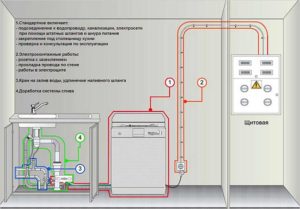 When connecting a dishwasher, many people pay special attention to connecting the machine to the water supply and sewerage system, without thinking at all about electrical communications. This is not correct, especially considering the degree of wear and tear of sockets in many kitchens. Remember, a dishwasher is a large consumer of electricity, which creates a significant load on the electrical grid. If the electrical network is worn out and not designed to handle such a load, a fire may start. So we take everything we need in our hands and begin to connect electrical communications.
When connecting a dishwasher, many people pay special attention to connecting the machine to the water supply and sewerage system, without thinking at all about electrical communications. This is not correct, especially considering the degree of wear and tear of sockets in many kitchens. Remember, a dishwasher is a large consumer of electricity, which creates a significant load on the electrical grid. If the electrical network is worn out and not designed to handle such a load, a fire may start. So we take everything we need in our hands and begin to connect electrical communications.
We buy everything you need
The socket for the dishwasher must be installed in the same place as the dishwasher itself. It is unacceptable to connect such a unit via an extension cord. Moreover, the outlet itself must be moisture resistant, since the kitchen is a rather damp place where there is always a risk of the outlet coming into contact with water. In addition, the electrical cable supplying the outlet must have a suitable cross-section, and the outlet must also be grounded and protected with a residual current device. Taking these requirements into account, we will purchase everything you need.
- Triple stranded copper wire (2.5 mm) of the required length insulated.
- Plastic cable channel of the required length.
- Residual current device.
- A socket with a moisture-resistant housing, a protective shutter and grounding.
In order not to additionally scratch the wall for the socket box, purchase an external socket.
- Blocks for connecting wiring.
- A roll of electrical tape.
- Putty to seal the groove.
If you often have power outages or have power failures, then you should think in advance about protecting your dishwasher, and at the same time other household appliances that are in the kitchen. Can be purchased dishwasher stabilizer and connect your “home assistant” to it. You will have to spend money to do this, but you will keep your equipment intact.
Having acquired all the necessary materials, you should also take care of the tools. What exactly is needed? Firstly, you need a hammer drill, since you will have to drill the wall for the cable yourself. Secondly, you need a tester screwdriver. Thirdly, you need wire cutters, pliers and a stationery knife. All this needs to be collected in a heap and put at hand, we begin to work on preparing electrical communications.
We pull electrical communications
First, let's determine exactly how we will pull the wiring. We make the appropriate marks on the wall and cut a channel from the electrical panel to the location where the outlet is installed. Using a utility knife, we clean the ends of the wires and connect one wire to phase, one to zero, and one to ground through an RCD. Remember which wire is connected to what, we will need it later. We install a cable channel in the groove, open it, stretch the wiring, and close the cable channel.
We bring out the end of the wire at the location where the socket is installed. Unwinding the new socket. We attach the base to the wall. We make sure that the wire is de-energized, and then connect it to the “guts” of the outlet. We screw the insides of the socket to the base and lastly screw the housing cover. That's it, the socket is installed. We supply power to it and check the operation of the outlet. Lastly, seal the cable channel.
Be careful! When working with electrical wiring, make sure several times that the network is de-energized, otherwise electric shock cannot be avoided.
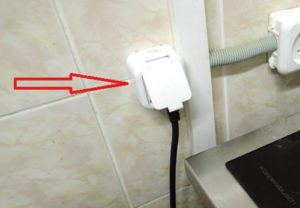 Of course, laying wires by gating a wall is only possible if you are making repairs. If you have new wallpaper on the wall and ready-made repairs, you are unlikely to decide on such a dirty procedure as gating. Please note that temporarily the cable channel can be laid directly along the wall, and with the next repair you will hide it inside, and no problems!
Of course, laying wires by gating a wall is only possible if you are making repairs. If you have new wallpaper on the wall and ready-made repairs, you are unlikely to decide on such a dirty procedure as gating. Please note that temporarily the cable channel can be laid directly along the wall, and with the next repair you will hide it inside, and no problems!
Connecting the dishwasher
There is one rule that appears in almost all dishwasher instructions. Do not connect the machine to the outlet until it is connected to the water supply and sewerage system. Moreover, first you need to check that there are no leaks, and only then you can take the plug of the dishwasher's electrical cord and plug it into the outlet. During a test run of the washing program, do not leave your “home assistant” even one step; if there is a short circuit, you can prevent adverse consequences.
So, we have provided brief instructions on how to connect the dishwasher to the mains. We told you what wire is needed for such a connection, and what other materials and tools will be needed. We also covered the entire progress of the work. We hope everything has become clear to you and you will not make mistakes. Good luck!
Interesting:
Reader comments
- Share your opinion - leave a comment
Categories
Washing machine repair


For buyers

For users

Dishwasher

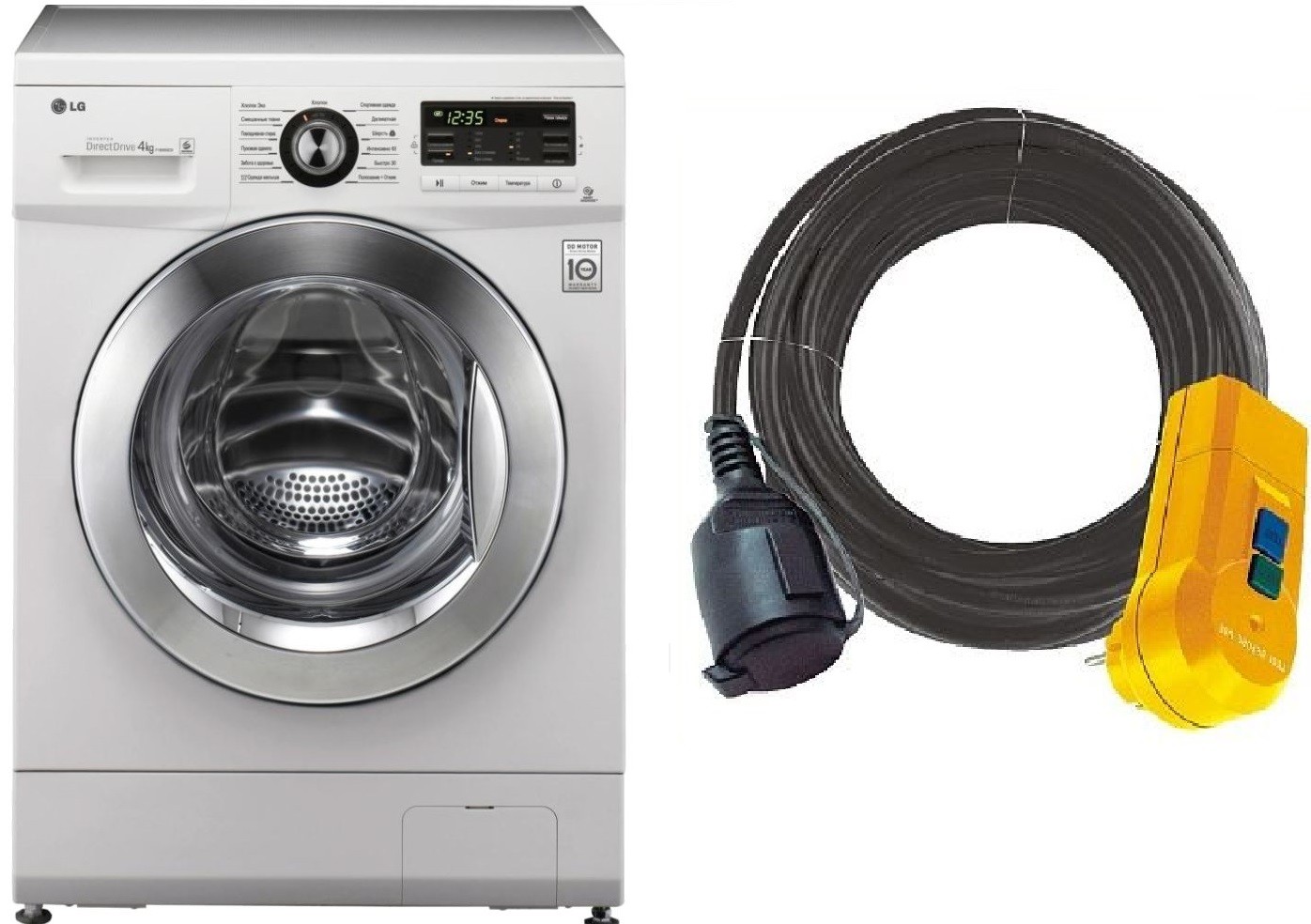
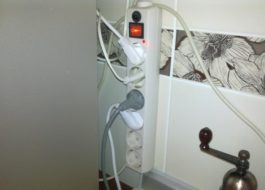
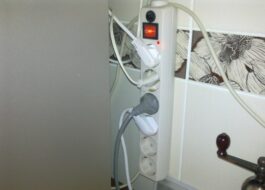
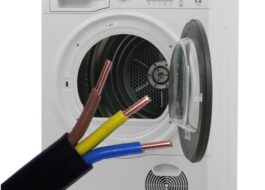
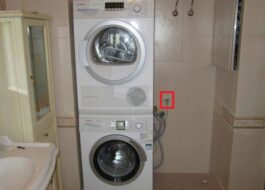
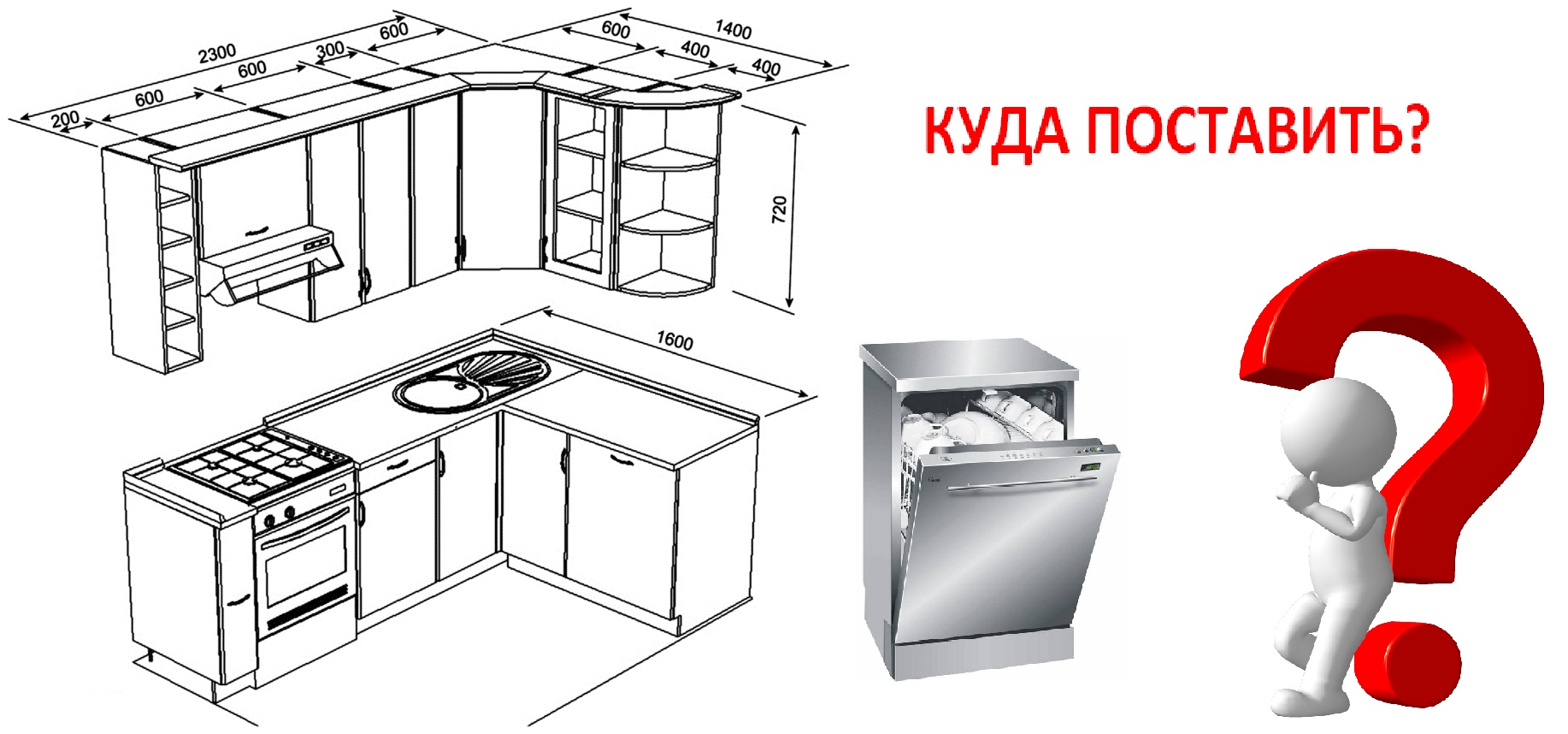










Add a comment